The Turkish Moustache – Message in a Mo
Note: Featured picture is Turkish moustache cartoon by Margaret Hogan.
Back in 1990, when I first came to Turkey, almost every man I met wore a moustache. The Turkish moustache was everywhere, and I assumed the range of different styles was a matter of personal choice. It wasn’t until I stumbled across an article in the then Turkish Daily News, sometime in July or August, that I realised the complexity of the subject. I carefully cut the article out, unfortunately omitting the date and author, but here’s the content word for word.
Why are there different types of Turkish moustache
“The type of moustache that is in among men is the pos bıyık, or the moustache just hanging down from the nose over the lip. However beer foam tends to cling to these moustaches. The cember (or crescent) beard denotes strict religious beliefs. A much longer version of this style is called a hacı sakalı, or the beard of someone who has been to the hajj, and thus is holy.
The bearded hajj pilgrim has a beard prayer read by an imam in Mecca; after the beard has been prayed over, it is never cut, except for maintenance purposes. A goatee epitomizes education and culture. One can assume the goateed man has either studied much philosophy or literature and can expect him to quote memorized stanzas out of classics or poetry and, of course, to smoke a pipe.
The pala bıyık, or styled (and manicured) moustache, is usually curved and treated at the tip with brilliantine or wax. The men with these moustachios are a rare and treasured breed, though their wives and lovers may be sympathized with. One may be sure that they are men who enjoy their life to the fullest.
The moustache location between the nose and mouth on a man’s face is called the moustache bed, male sources say. The moustache bed must be good in order for a good moustache to result.
An almond moustache is one similar to Adolph Hitler’s, perched above the lips.
Beards or moustaches of extreme length, just like extremely long hair on a woman, take on universal or archetypal proportions, signifying wisdom, maturity and holiness while non-extreme but controlled styles remain as expressions of cultural norms.”
Whisker politics took off during the second period of the Tanzimat, the Ottoman Empire’s modernization movement in the 1800s, and continues today, albeit in different forms. In the 1970s and 1980s moustache styles directly indicated political allegiance. These days the pos bıyık style is usually referred to as bushy, and is seen on officious officials or maganda, Turkish Romeos who model themselves on John Travlota’s character Tony Monero in Saturday Night Fever.
As well as Turkish moustaches, beards have meanings too. A full beard is still favoured by the deeply religious while the lumberjack style made popular in America is popular with young men about town. Goatees are no longer only the guise of intellectuals. They are frequently worn by youth hoping to be seen as wildly fashionable by copying the manner of their favoured popstars. The last time I saw a man with a pala bıyık, it extended several feet out from either side of his face, and he was walking the streets of Sultanahmet charging tourists to take his picture. The Hitler or almond moustache is most often favoured by conservatives, in reference to both their politics and their religion.
Whichever style of Turkish moustache a man flaunts, having facial hair is of enormous importance in Turkey, just as it is in neighbouring Middle Eastern countries. Over the last few years increasing numbers of baby faced men have been coming to Turkey to have lip hair transplants. Price is one reason but the main influence is the increasingly popularity of Turkish television series based on Ottoman history. These have a huge following in the Arab world, and the moustaches being sported by the Turkish cast are in high demand.
I have to confess that although I’m not a big fan of facial hair, I love the idea of moustaches being full of secret codes and meanings. What about you?
* BTW this last photo features the scrumptious Burak Ozçivit, a famous Turkish actor and model who played by the role of Malkoçoğlu Balı Bey in the immensely popular historical soap opera Muhteşem Yüzyıl.
****************
Planning to come to Istanbul or Turkey? Here are my helpful tips for planning your trip.
For FLIGHTS I like to use Kiwi.com.
Don’t pay extra for an E-VISA. Here’s my post on everything to know before you take off.
However E-SIM are the way to go to stay connected with a local phone number and mobile data on the go. Airalo is easy to use and affordable.
Even if I never claim on it, I always take out TRAVEL INSURANCE. I recommend Visitors Coverage.
I’m a big advocate of public transport, but know it’s not suitable for everyone all the time. When I need to be picked up from or get to Istanbul Airport or Sabiha Gokcen Airport, I use one of these GetYourGuide website AIRPORT TRANSFERS.
ACCOMMODATION: When I want to find a place to stay I use Booking.com.
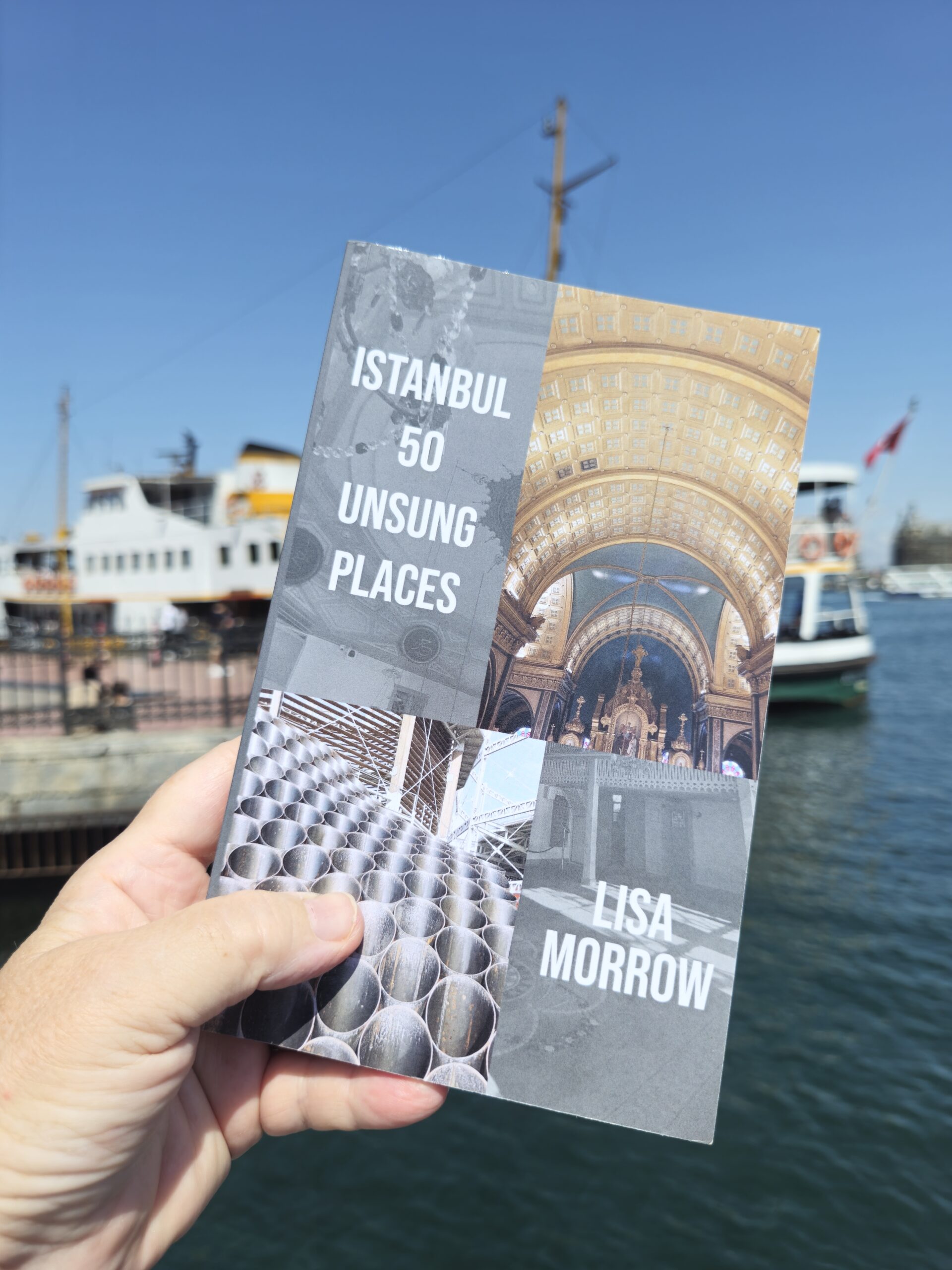
CITY TOURS & DAY TRIPS: Let me guide you around Kadikoy with my audio walking tour Stepping back through Chalcedon or venture further afield with my bespoke guidebook Istanbul 50 Unsung Places. I know you’ll love visiting the lesser-known sites I’ve included. It’s based on using public transport as much as possible so you won’t be adding too much to your carbon footprint. Then read about what you’ve seen and experienced in my three essay collections and memoir about moving to Istanbul permanently.
Browse the GetYourGuide website or Viator to find even more ways to experience Istanbul and Turkey with food tours, visits to the old city, evening Bosphorus cruises and more!
However you travel, stay safe and have fun! Iyi yolculuklar.
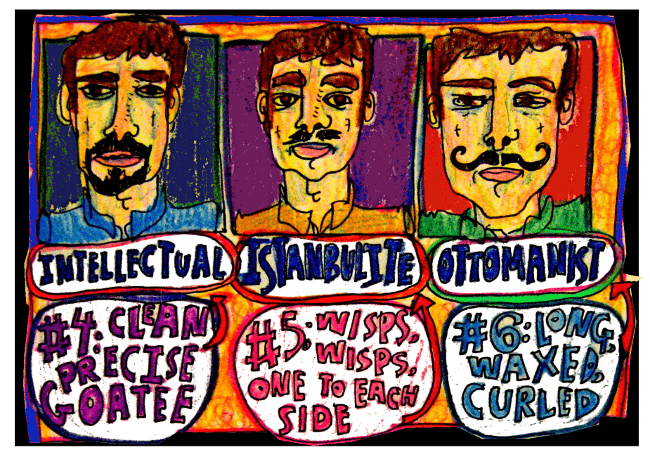
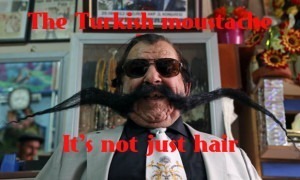
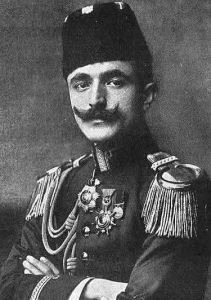
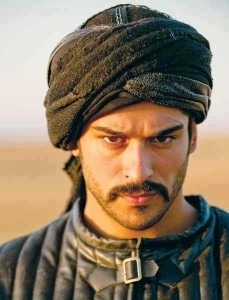
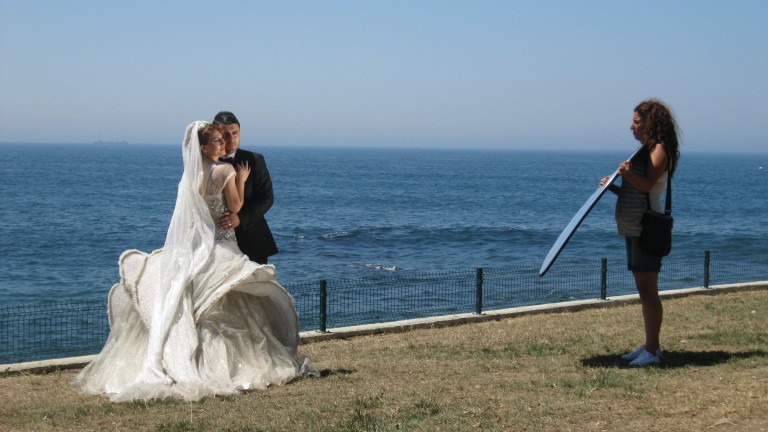
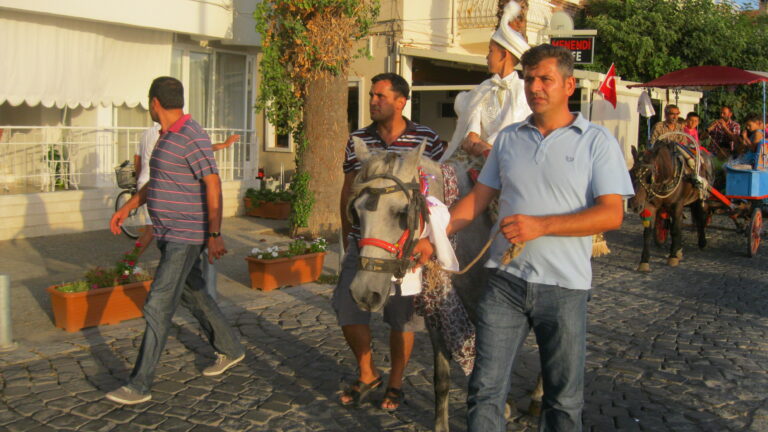
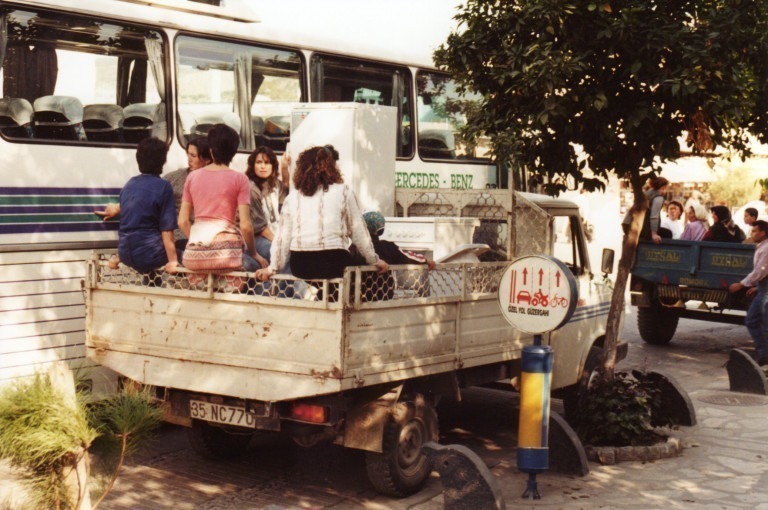
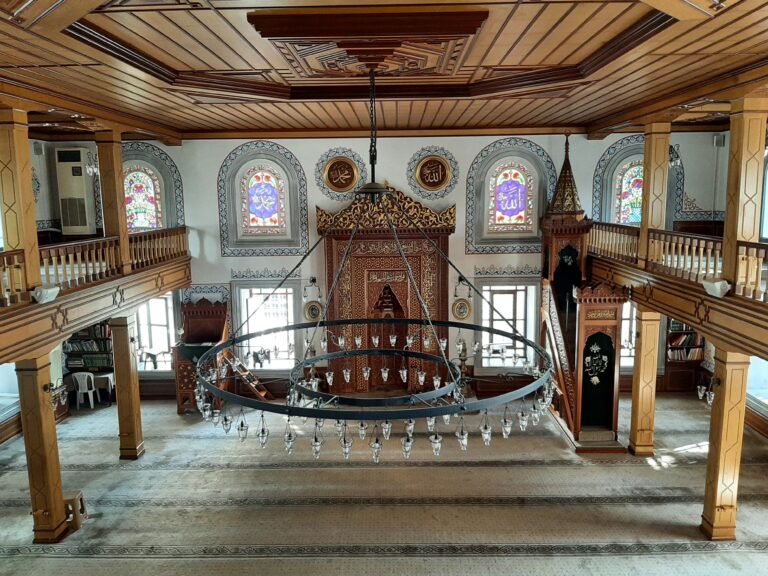
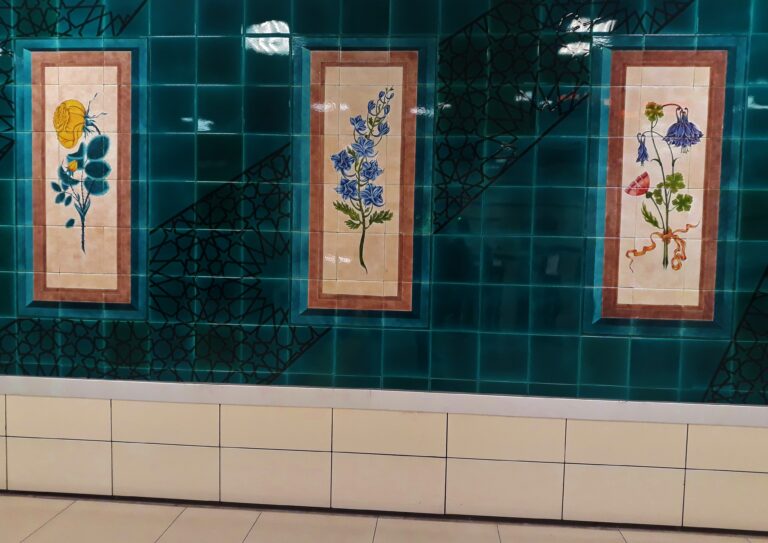
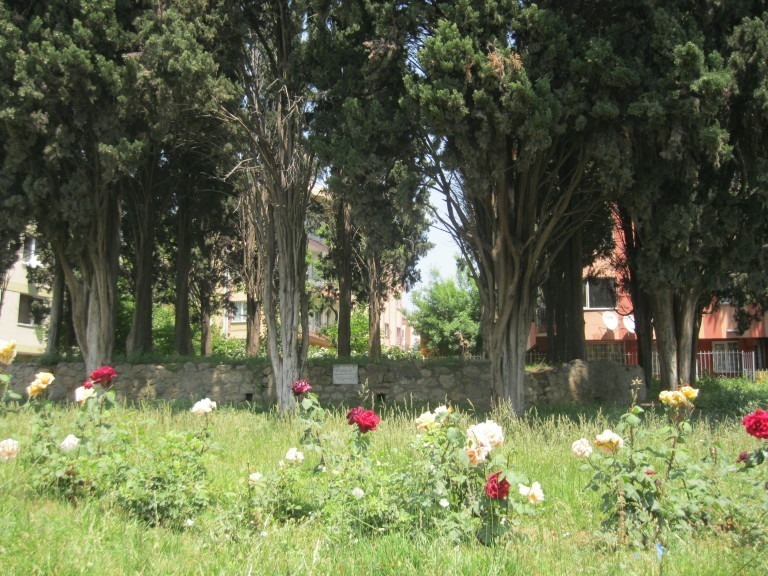
Tell me you got a photo – please!
I was in a bar last night where the waiter had the hair style and beard straight off a Hittite wall carving.